 Dr. B (AKA my sister) has a doctorate in
Dr. B (AKA my sister) has a doctorate in
school psychology specializing in early
childhood development. She helps us
figure out how to get our babies into the
college of their choice. That's a joke. But
Dr. B is not. She is THE REAL DEAL.
Today Dr. B has outdone herself. In the
spirit of the New Year as well as Mazzy's
recent first birthday, Dr. B has compiled a
top ten list of parenting tips that you can
use to aide in the development of a one-
year-old. If all goes as planned, our babies
will be reading The Economist, debugging
our computers and schooling Wilhelm Kempff in Beethoven's Moonlight Sonata by noontime tomorrow. Ready? 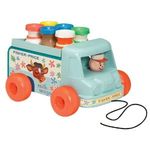
1. Cognitive: Play with toys that encourage exploration and problem-solving. Good toys include cause and effect toys, pull toys, push toys with wheels, puzzles, and blocks.
2. Receptive Language: Become your child’s “sportscaster,” describing in simple terms your child's every action and naming each object they play with or point to. Also— try playing games that require your child to respond to simple instructions.
3. Expressive Language: Use imitation to teach and reinforce language development. Repeat back the sounds your child makes— first by making the exact sound and then by saying the actual word(s) your child is trying to say. When your child has mastered a word, repeat it and then add another word to build on the sentence. Start by teaching him/her to name objects and make simple requests such as “more”. Then move to two-word combinations such as “more apple”.
4. Adaptive: Use hand-over-hand assistance to start teaching your child to participate in self-care activities such as using utensils, dressing and undressing, washing, and brushing their teeth.
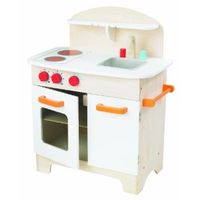 5. Social: Provide your child with toys that lend themselves to make-believe and pretend play such as dolls, a mini kitchen set, and a toy phone. Encourage your child to imitate daily routines such as feeding a doll and putting it to sleep.
5. Social: Provide your child with toys that lend themselves to make-believe and pretend play such as dolls, a mini kitchen set, and a toy phone. Encourage your child to imitate daily routines such as feeding a doll and putting it to sleep.
6. Emotional: Talk to your child about how she/he might be feeling and how others are feeling. Point out facial expressions and name feelings (e.g., happy, sad, mad) as they occur naturally and when they are represented in stories.
7. Gross Motor: Give your child opportunities for physical activity starting with walking and then moving to more advanced movements such as going up stairs, running, and throwing or kicking a ball.
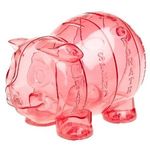 8. Fine Motor: Introduce hands-on activities that require your child to use hand-eye coordination such as stacking blocks, putting objects in small containers (like a piggy bank), and using a crayon to scribble or make simple strokes.
8. Fine Motor: Introduce hands-on activities that require your child to use hand-eye coordination such as stacking blocks, putting objects in small containers (like a piggy bank), and using a crayon to scribble or make simple strokes.
9. Nutrition: Picky eating is normal during the first year. Be sure to introduce a variety of healthy foods. Give your child a few healthy choices at mealtime and let him/her decide how much to eat of each one. Avoid power struggles and praise them for trying new foods.
10. Challenging Behavior: Testing limits and tantrums are a normal part of a young child’s development. Children have a natural tendency to use behavior to communicate their needs since their language has not yet developed. Your child will test out different behaviors to see what type of reaction they get. Stay calm, be consistent, and don’t react to tantrums (which will help your child calm down more quickly). When your child calms, redirect them to another activity and/or provide them the word(s) or gesture(s) to use to get them what they want.
Editor's Note: Didn't I tell you Dr. B is AWESOME?






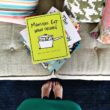
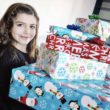
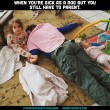




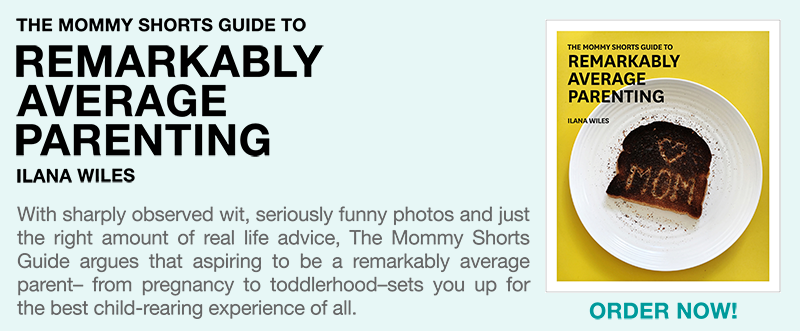
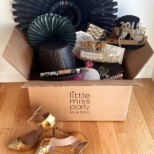

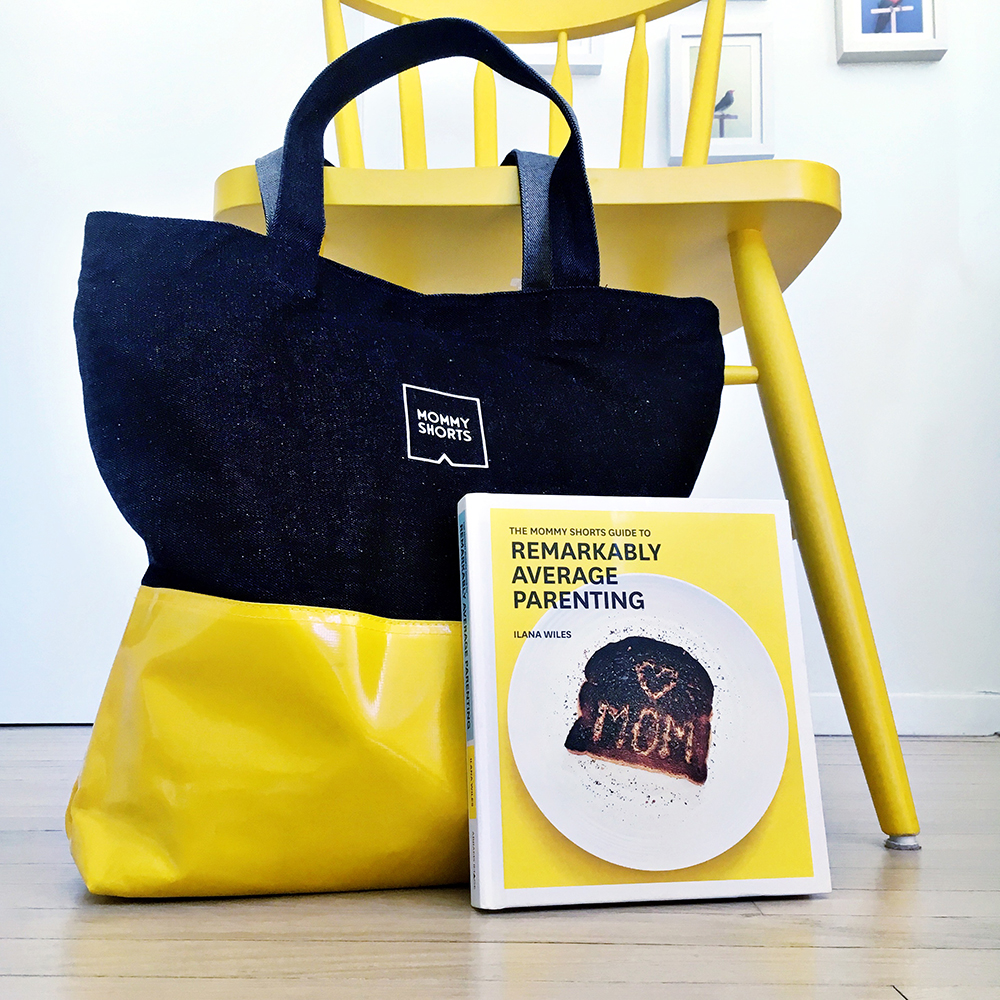
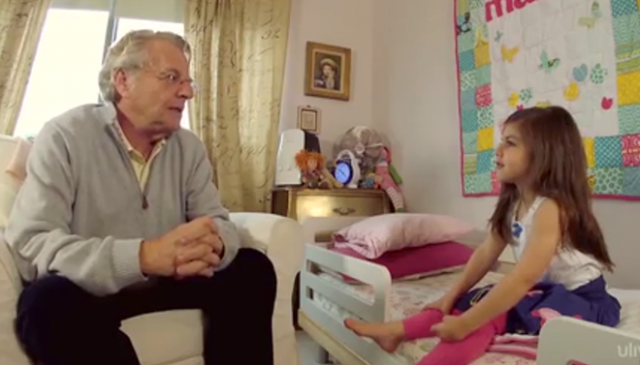






I’m going to test these theories in a few weeks when I babysit. I’ll report on the results.